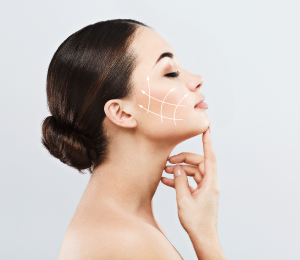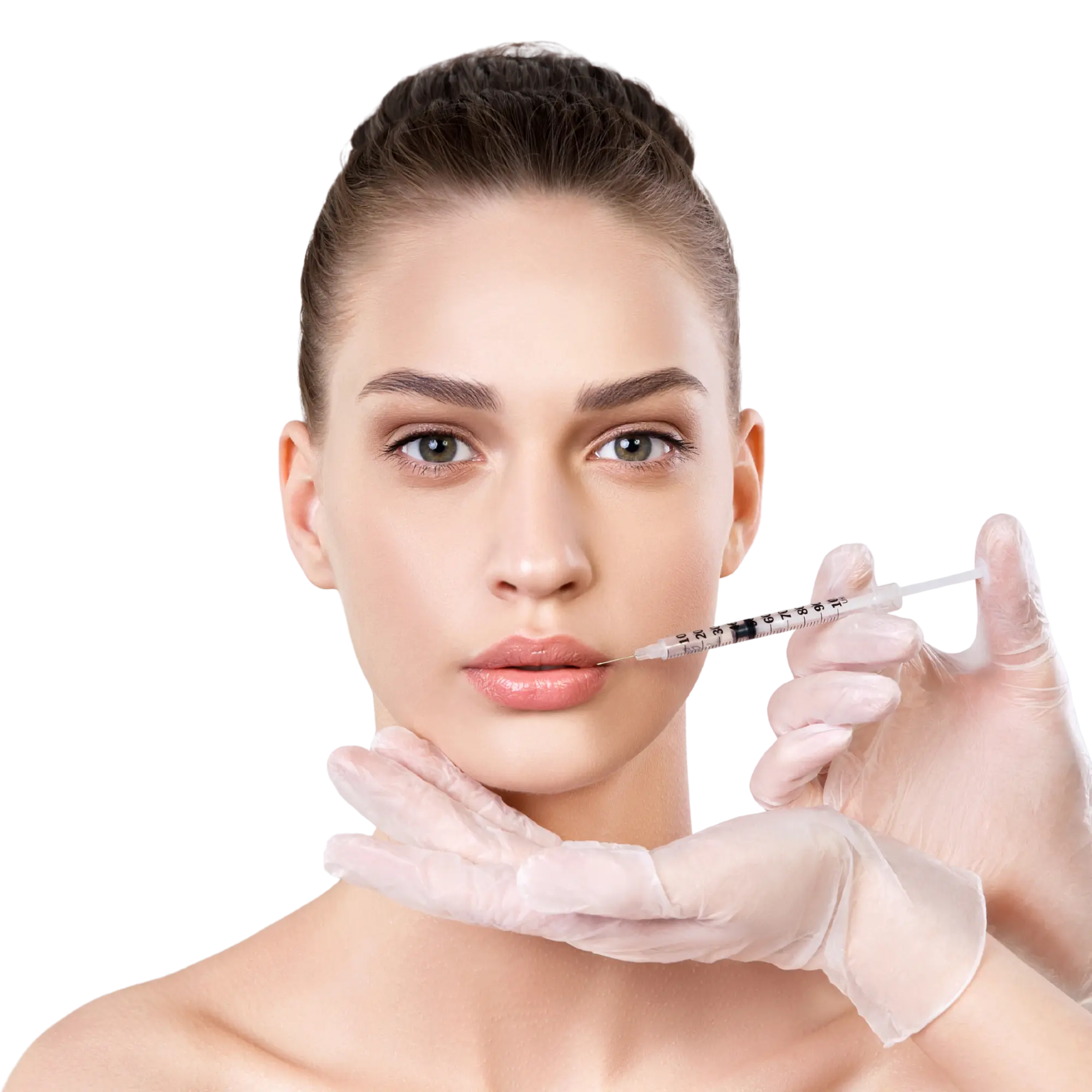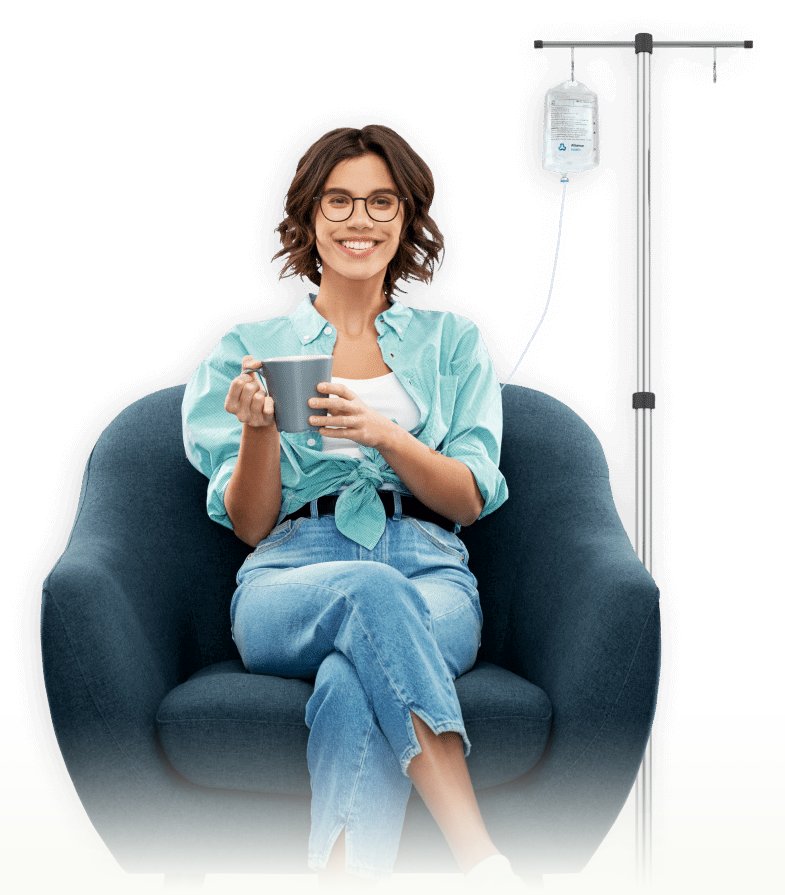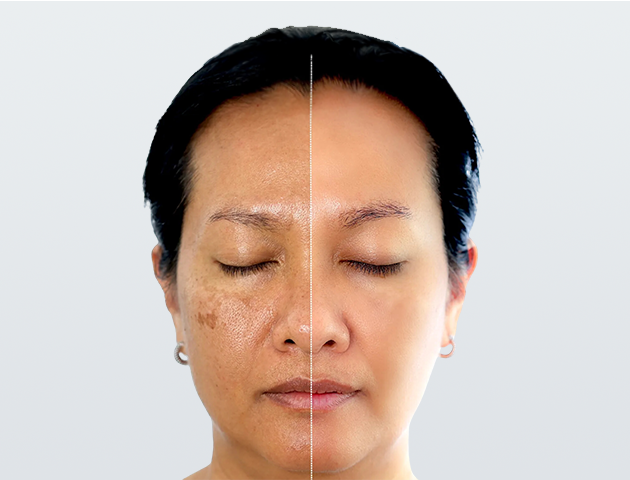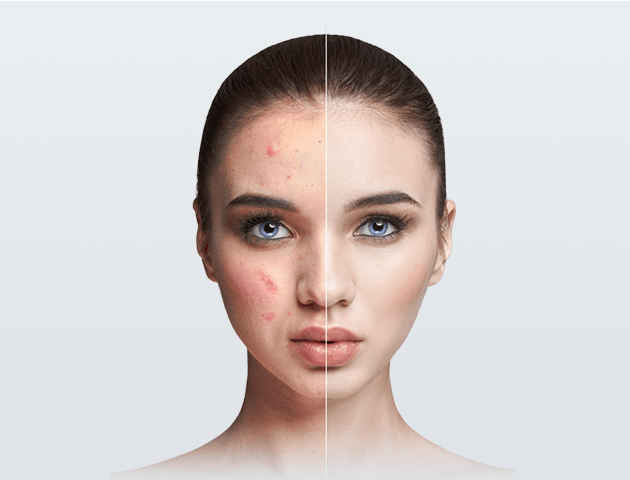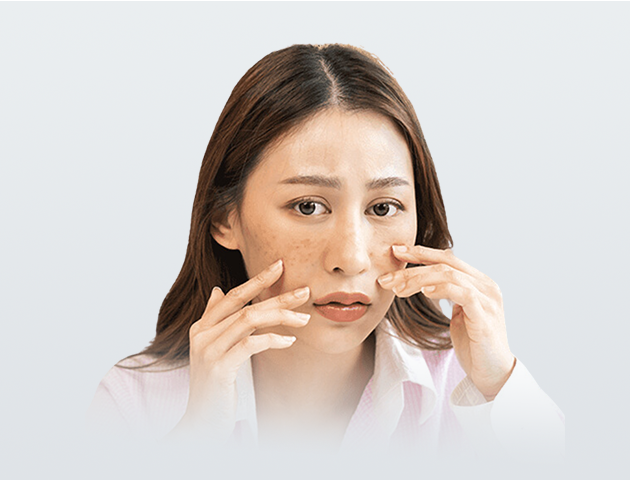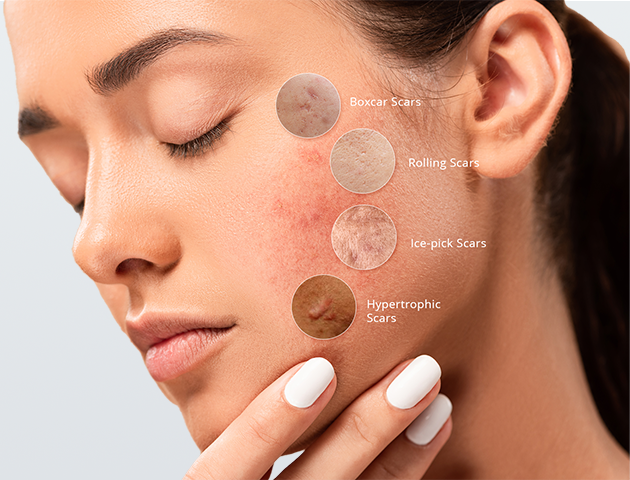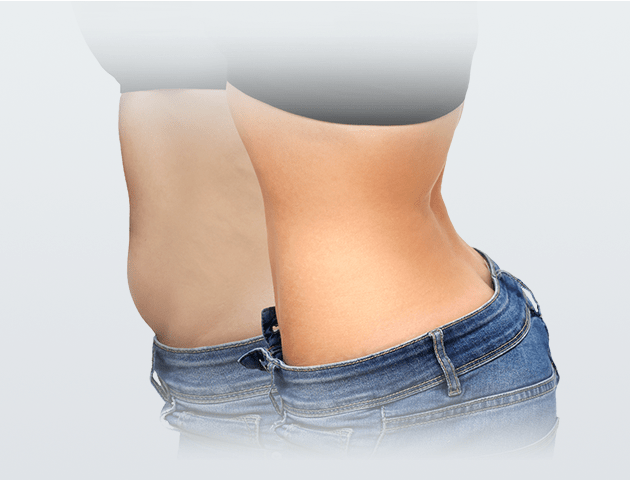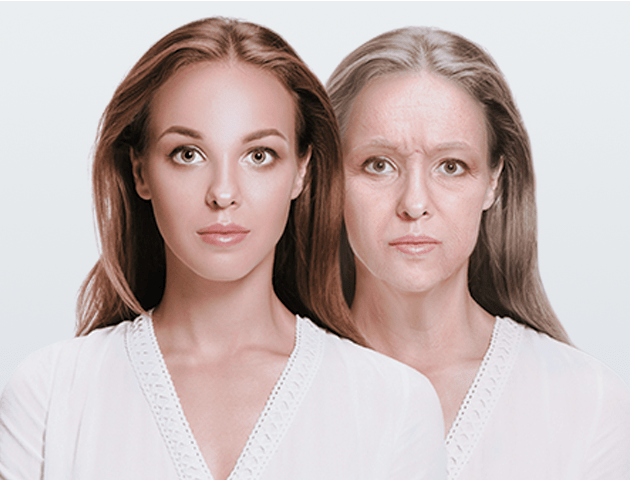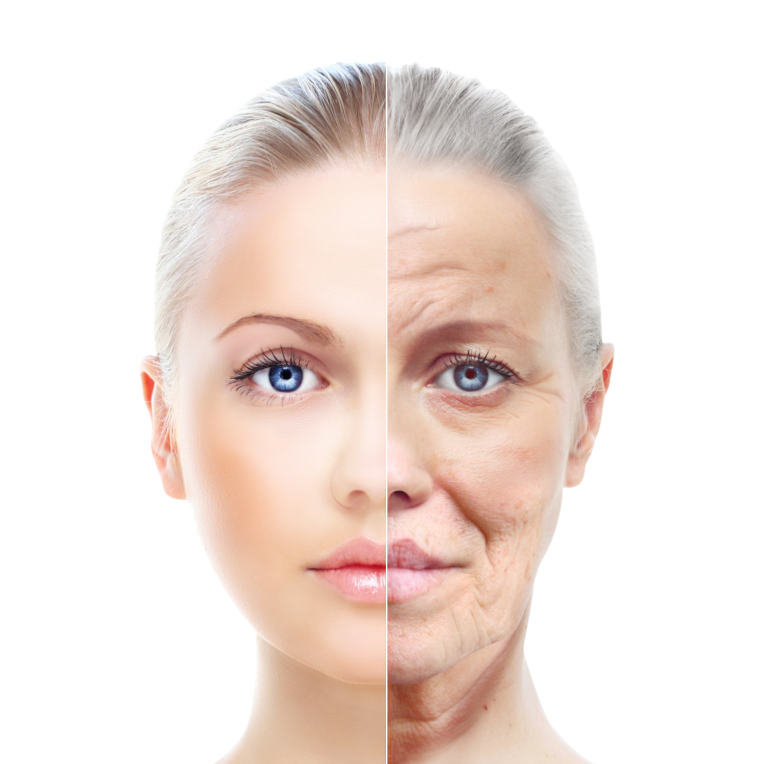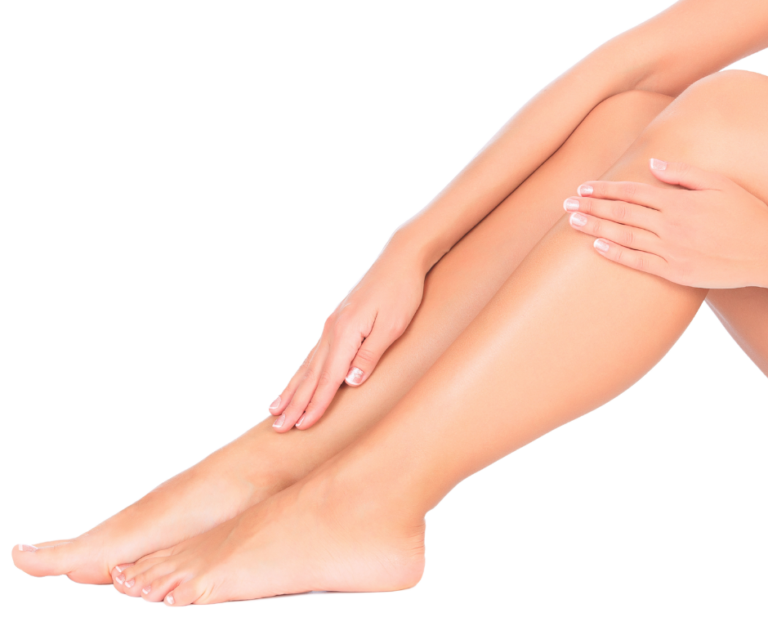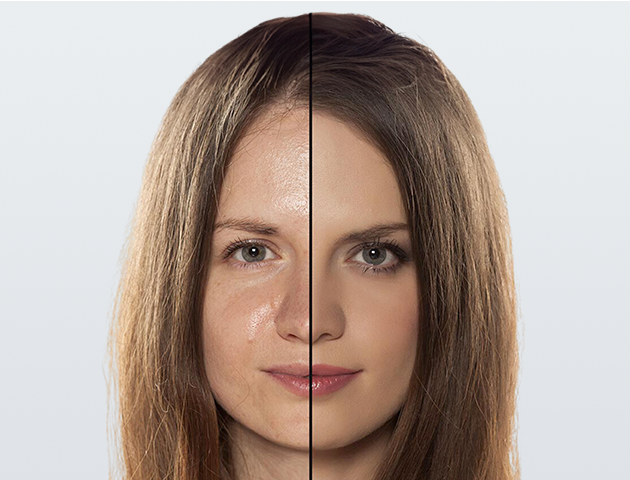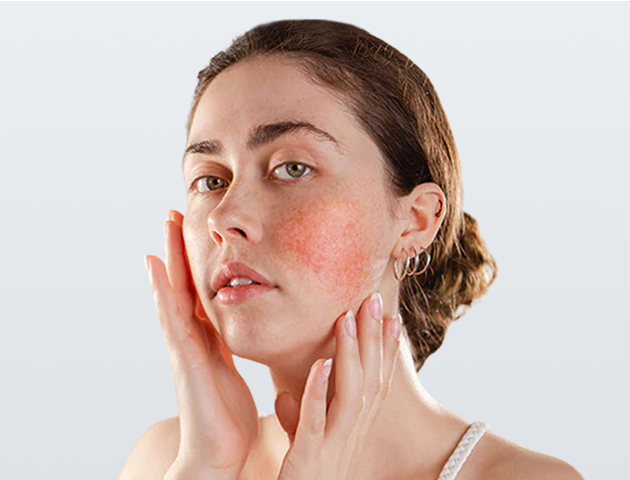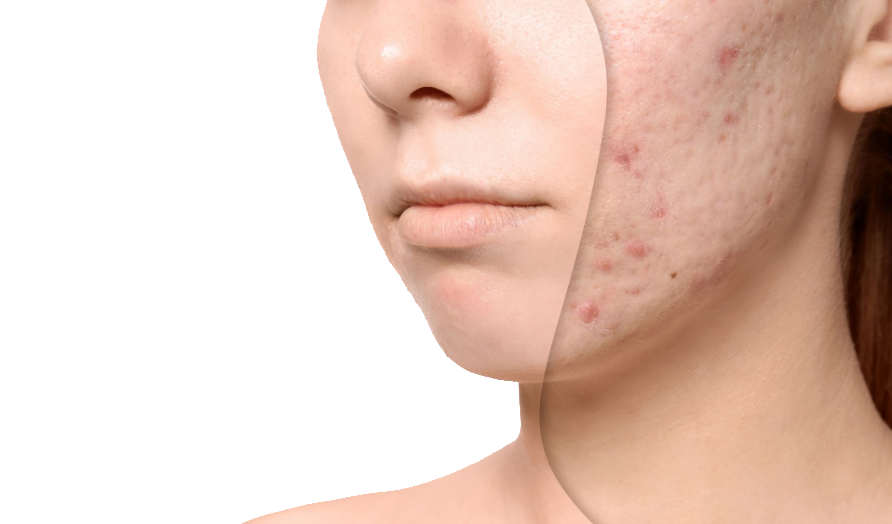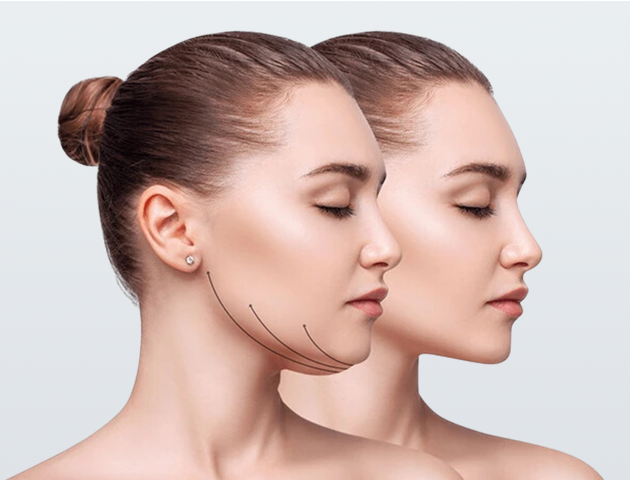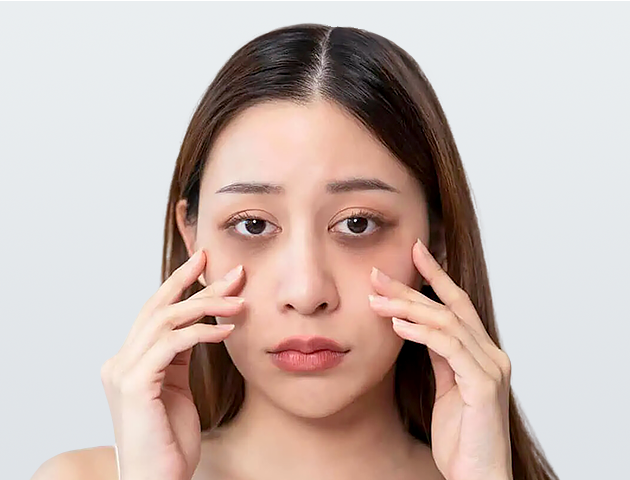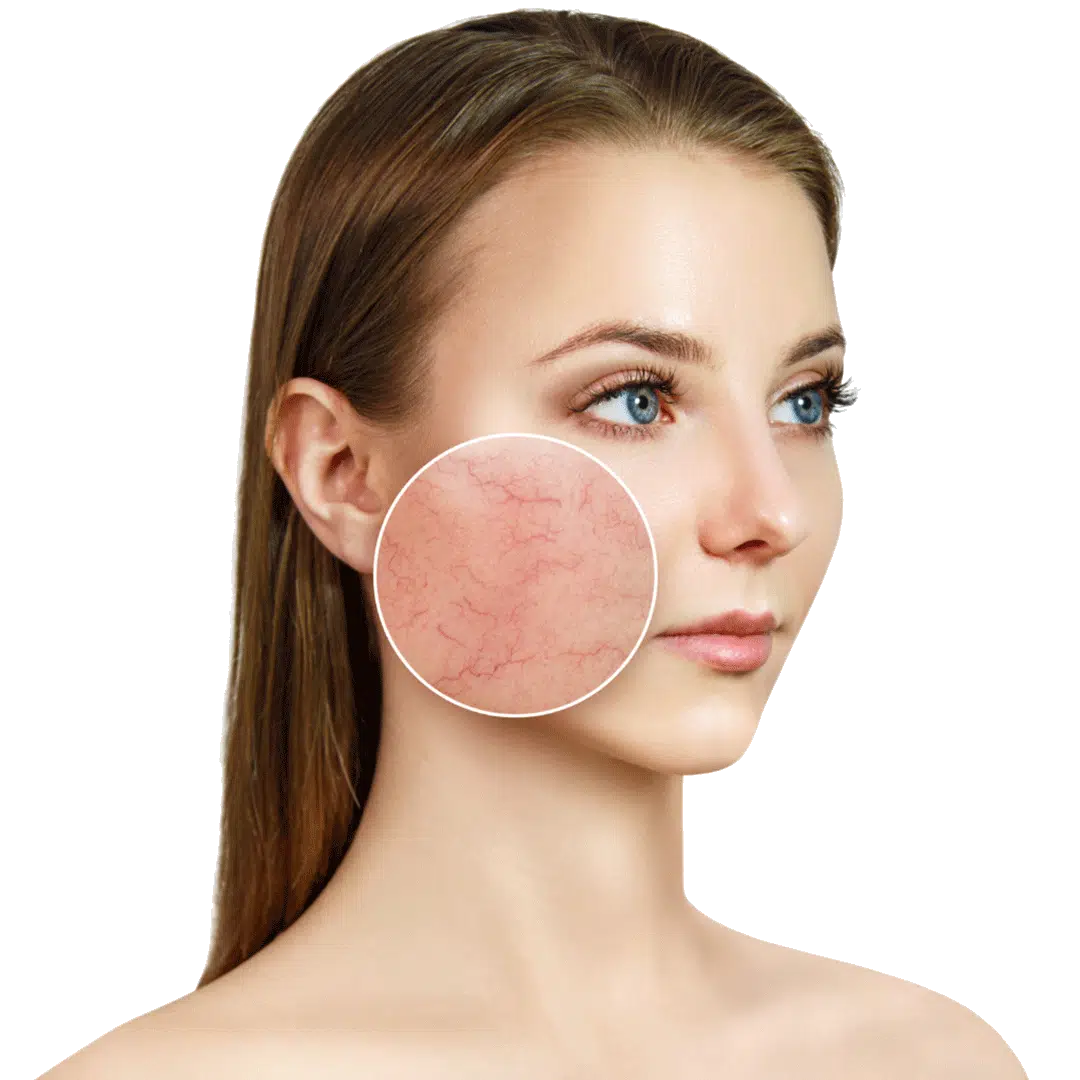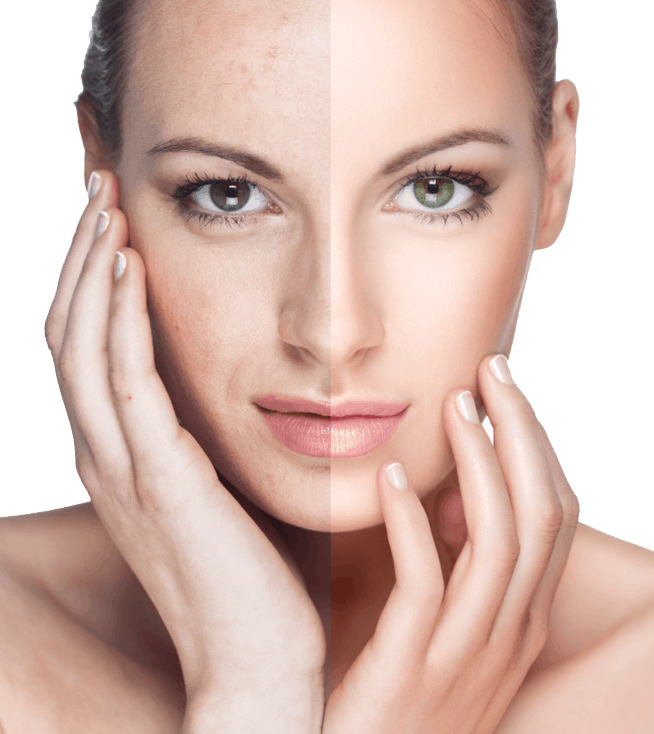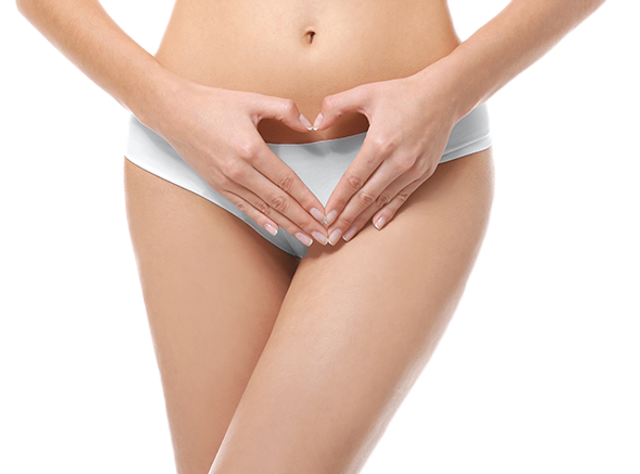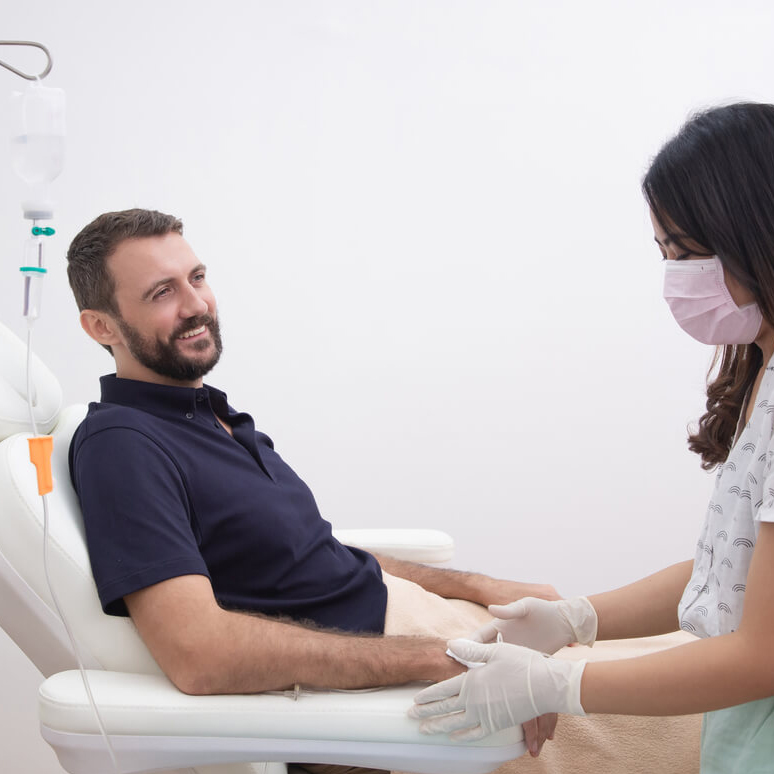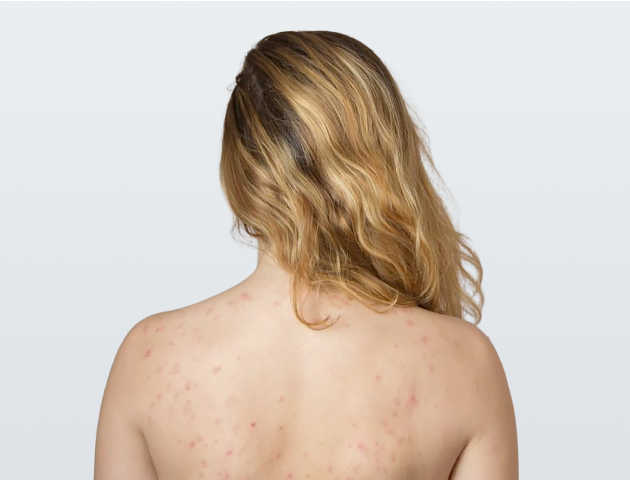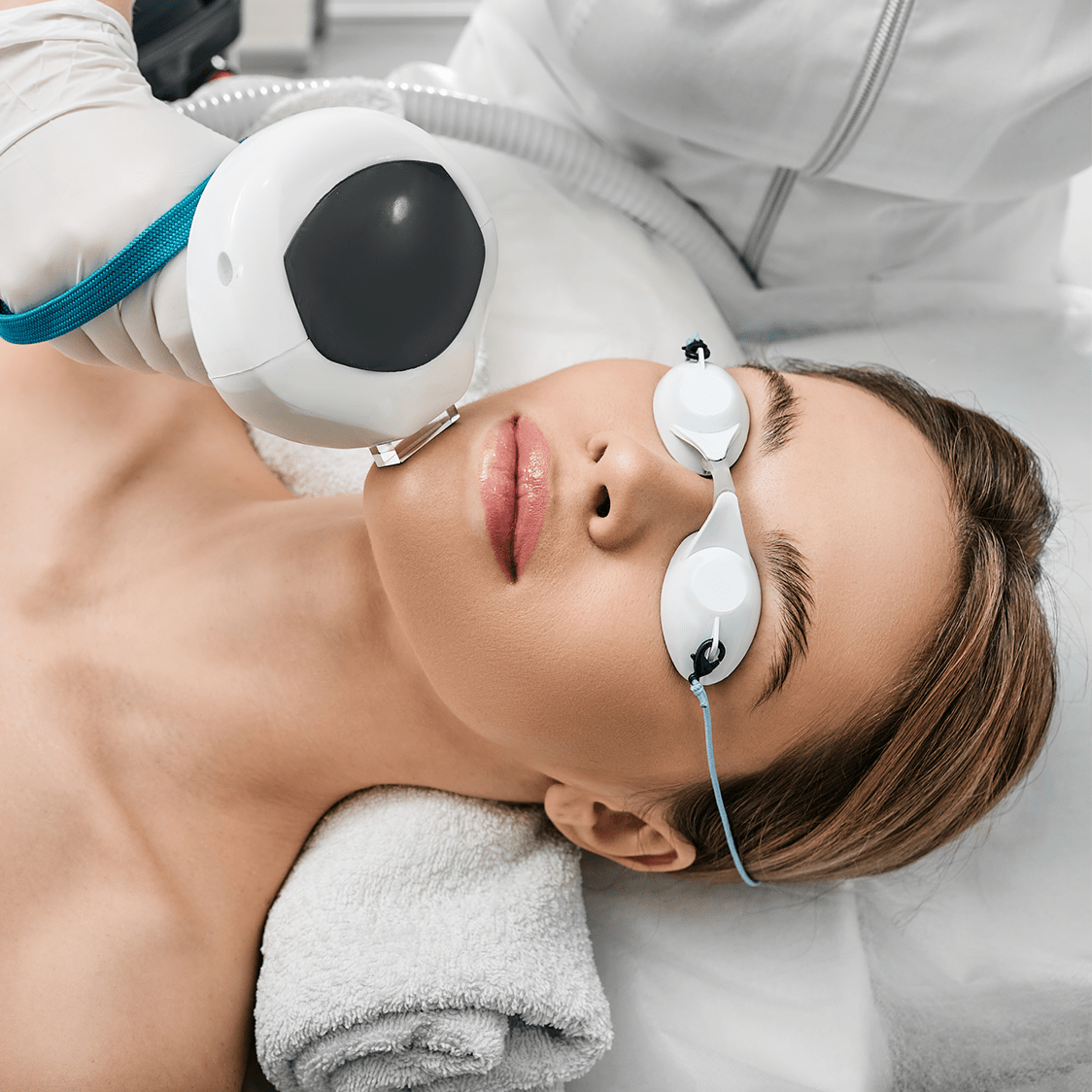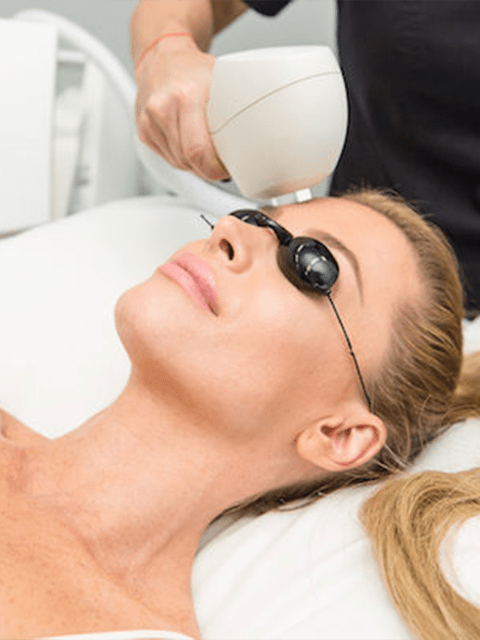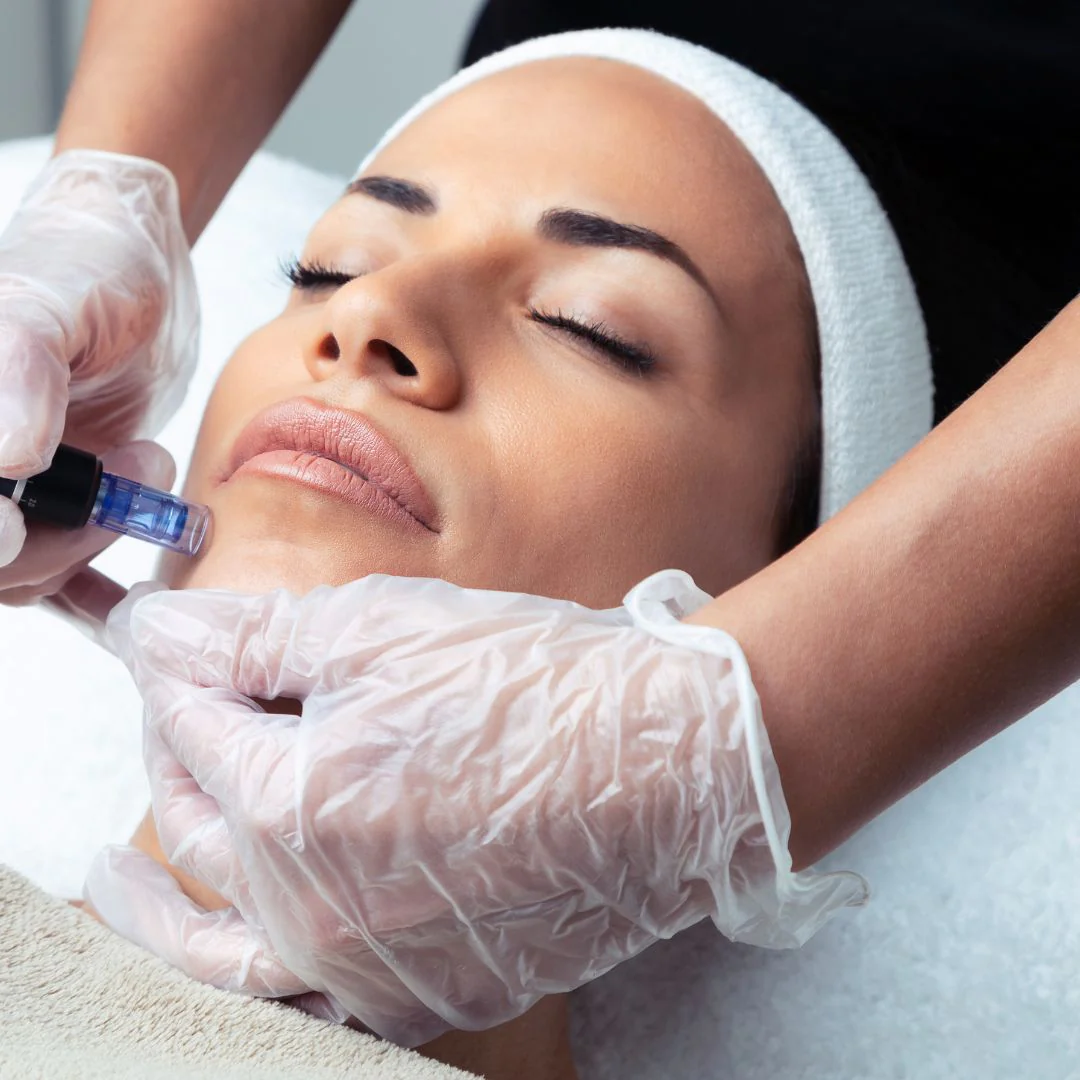Spider Veins
Spider veins, also known as telangiectasias or thread veins, are small, dilated blood vessels near the surface of the skin. They often appear as thin, red, blue, or purple lines, resembling a spider web or tree branches. Spider veins can occur anywhere on the body but are most commonly found on the face and legs.
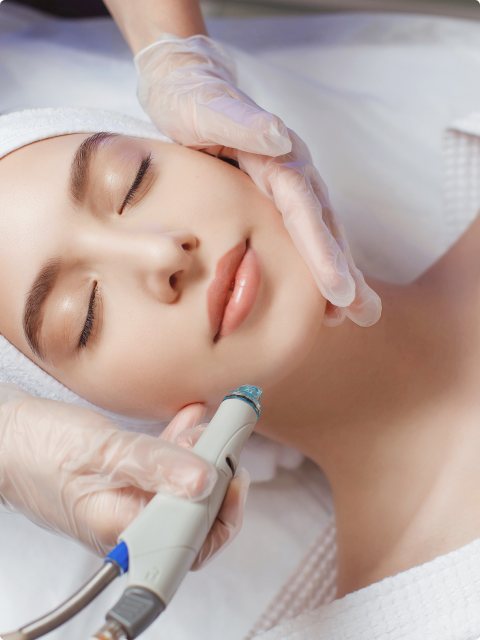
Phương pháp điều trị được đề xuất
Lumecca
Lumecca is a perfect upgrade for those with uneven skin tone, pigmentation and freckles, or visible facial blood vessels (spider veins) beneath the skin. Just one Lumecca protocol (typically 2 to 3 sessions) can bring about noticeable and remarkable improvements.
Photo Facial
Photofacial is a “quick-fix” procedure requiring virtually no downtime to rejuvenate the skin and restore a youthful glow. It stimulates new collagen to form in the skin thereby reducing fine lines, minimizing pore size and acne scars, and increasing skin elasticity. Intense pulsed light also diminishes flushing or redness of the face associated with Rosacea, reduces brown spots, erases broken capillaries, and smoothens rough textured skin.
Exosome For Face
EXOSOME ASCE - the key to youthful, vibrant, and healthy skin, making a noticeable difference from the very first use.
Spider veins can develop due to various factors, and the causes may vary from person to person. Here are common factors that contribute to the development of spider veins:
Genetics: A family history of spider veins increases the likelihood of developing them. If your parents or other family members have had spider veins, you may be genetically predisposed to this condition.
Age: As people age, the valves in the veins may weaken, leading to poor blood circulation and the development of spider veins. Aging also results in a natural loss of skin elasticity.
Prolonged Standing or Sitting: Jobs or activities that involve long periods of standing or sitting can increase pressure on the veins, particularly in the legs, leading to the formation of spider veins.
Sun Exposure: Exposure to ultraviolet (UV) rays from the sun can damage the skin and weaken the walls of blood vessels, potentially leading to the formation of spider veins.
The treatment of spider veins can vary depending on the severity, location, and individual preferences. Here are common methods used to treat spider veins:
Laser Therapy: A laser is used to send strong bursts of light onto the vein, which causes the vein to slowly fade and disappear.
Radiofrequency Ablation: RFA is often used for larger veins and can be an alternative to traditional surgery.
Changes in Lifestyle: Maintaining a healthy weight and regular exercise can improve overall circulation and reduce the risk of developing new spider veins.
Avoiding Prolonged Sitting or Standing: Taking breaks to move and avoiding long periods of sitting or standing can prevent the worsening of spider veins.
Consulting with a healthcare professional or a vein specialist is crucial to determine the most appropriate treatment plan based on individual circumstances. Additionally, some lifestyle changes may be recommended to prevent the recurrence of spider veins.




